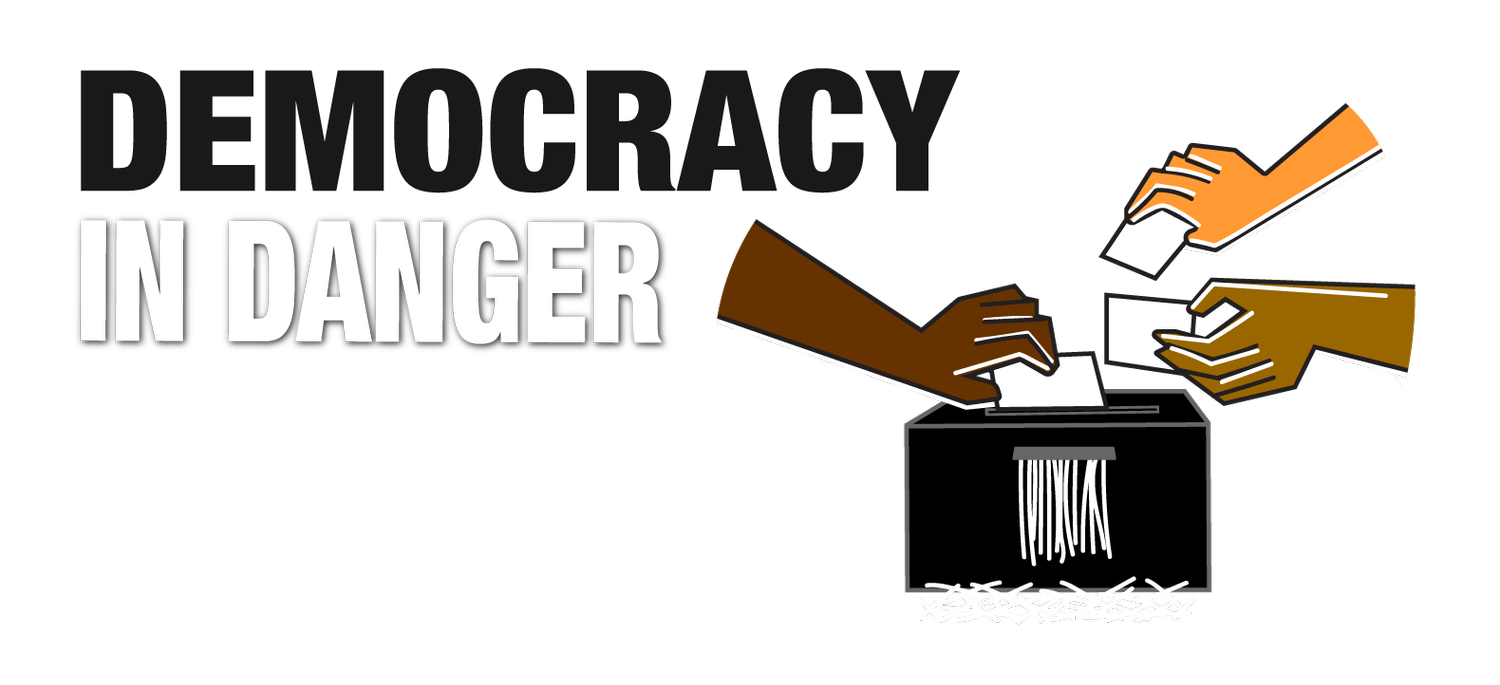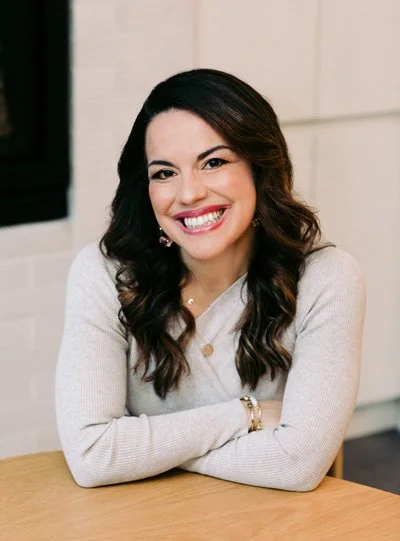Learning Curbed
It’s lesson time: classroom wars in California once put a vibrant school system in the poorhouse.
Read
Education is our subject this week. You’ve heard all about attacks on the teaching of racism and slavery, about the banning of books on the Holocaust and gender identity, about Florida’s “don’t say gay” bill. Public schools are ground zero in the battle over American civic life. But this is nothing new, historian Natalia Petrzela says. She locates the roots of such controversies in the cultural upheavals of the 1960s that continue to play out today amid a climate of discontent muddled by pandemic anxieties.
With one of the biggest and most centralized school systems in the country, California proved to be a bellwether on education controversies in the mid-20th century, especially following the 1965 Immigration Act, which enabled the influx of many new residents from Asia and Latin America. Conservative blowback on multicultural awareness and sex education in school curricula played a major role in the 1970s in successful efforts to curb California’s education budget. Still, while the right may have won on the funding front, Petrzela says, progressives largely won on questions of content and learning methods, cementing a wave of classroom innovations in California and across the country.
Schooling during the pandemic has brought these reforms into high relief, as many students were learning from home and parents were peering more closely over their children’s shoulders. This situation also produced a curious reshuffling of political alignments among families with school-age kids, as liberal parents — like Petrzela herself, who argued for schools to reopen in New York City — found themselves under attack and in the odd company of covid-deniers.
Meet
Natalia Mehlman Petrzela is an associate professor of history at The New School in New York City, where she focuses on American political culture and issues around gender, race and class in the classroom. She is has hosted the podcasts Welcome to Your Fantasy and Past Present. A frequent contributor in the popular media, Petrzela is the author of Classroom Wars: Language, Sex, and the Making of Modern Political Culture (Oxford University Press, 2015). Her new book is just out. It’s called Fit Nation: The Gains and Pains of America’s Exercise Obsession (University of Chicago Press, 2022). Petrzela’s work has received support from the Spencer, Whiting, Rockefeller and Mellon foundations. Follow her on Twitter @nataliapetrzela.
In Classroom Wars, Petrzela connects the backlash in California in the long 1960s — over Spanish-bilingual and sex ed — with contemporary skirmishes over the teaching of race and gender identity in public schools.
Glenn Youngkin won the governor’s race in Virginia last year thanks in part to his open-schools policy and campaign rhetoric around making “parents matter” in the classroom. Petrzela writes in a Washington Post op-ed that, inflammatory or not, Youngkin’s language resonated with voters because classrooms really have changed.
She fleshes out the link between rapid demographic shifts and battles over curricular innovations in a 2016 review of Kristina Rizga’s Mission High.
Screeds against teaching schoolchildren to critically examine the past and present have been around for a long time, Petrzela argues, and they follow a familiar pattern: honor the country’s founders, celebrate progress and the American dream, ignore colonialism and inequality.
As Petrzela has written in the History of Education Quarterly, some teachers faced death threats for teaching sex ed in the 1960s.
In her latest book, Fit Nation, Petrzela explores the history of exercise in a country where fitness is fetishized, but only half of gym members regularly use the facilities. One of her key concerns is how to make staying healthy more equitable.
Learn
Among Youngkin’s first acts as governor was ordering the commonwealth’s Department of Education to review whether “critical race theory” was being taught in public schools, creating a hotline for parents to report it. While sophisticated ideas about how racial bias operates in society do regularly inform college courses, CRT has become a buzzword and hyperbolic proxy for “teaching schoolchildren basic historical knowledge.”
It seems to happen at least once a generation: a new push to ban books. Marilisa Jiménez García writes in the Atlantic that this time the titles the thought police don’t want your children to read are precisely the tools young people need to build a more just society.
Of late, Florida has led the charge to hamstring educators. While lawmakers went after tenure in higher education, state education officials excised even some math textbooks from public schools — ostensibly because they contain CRT-friendly content and promote social-emotional learning. Take a look at some of the pages in question.
After slashing such “woke” content, the Florida Department of Education did bring back a few of those books.
Gov. Ron DeSantis also recently signed bills limiting discussions on gender and sexuality in Florida classrooms and restricting lessons on race — including diversity training required by some private employers — that may make white people feel uncomfortable.
Want to share your thoughts and experiences? The New York Times is asking parents, students and teachers to submit samples of schoolwork and comment on their education priorities.
For more on the history of immigration in America, check out our earlier episodes with Erika Lee, Elizabeth Cohen and Amanda Frost. And don’t miss next week’s show, featuring historian Deborah Kang as well as a couple of lawyers fighting to decriminalize unauthorized border crossings.









